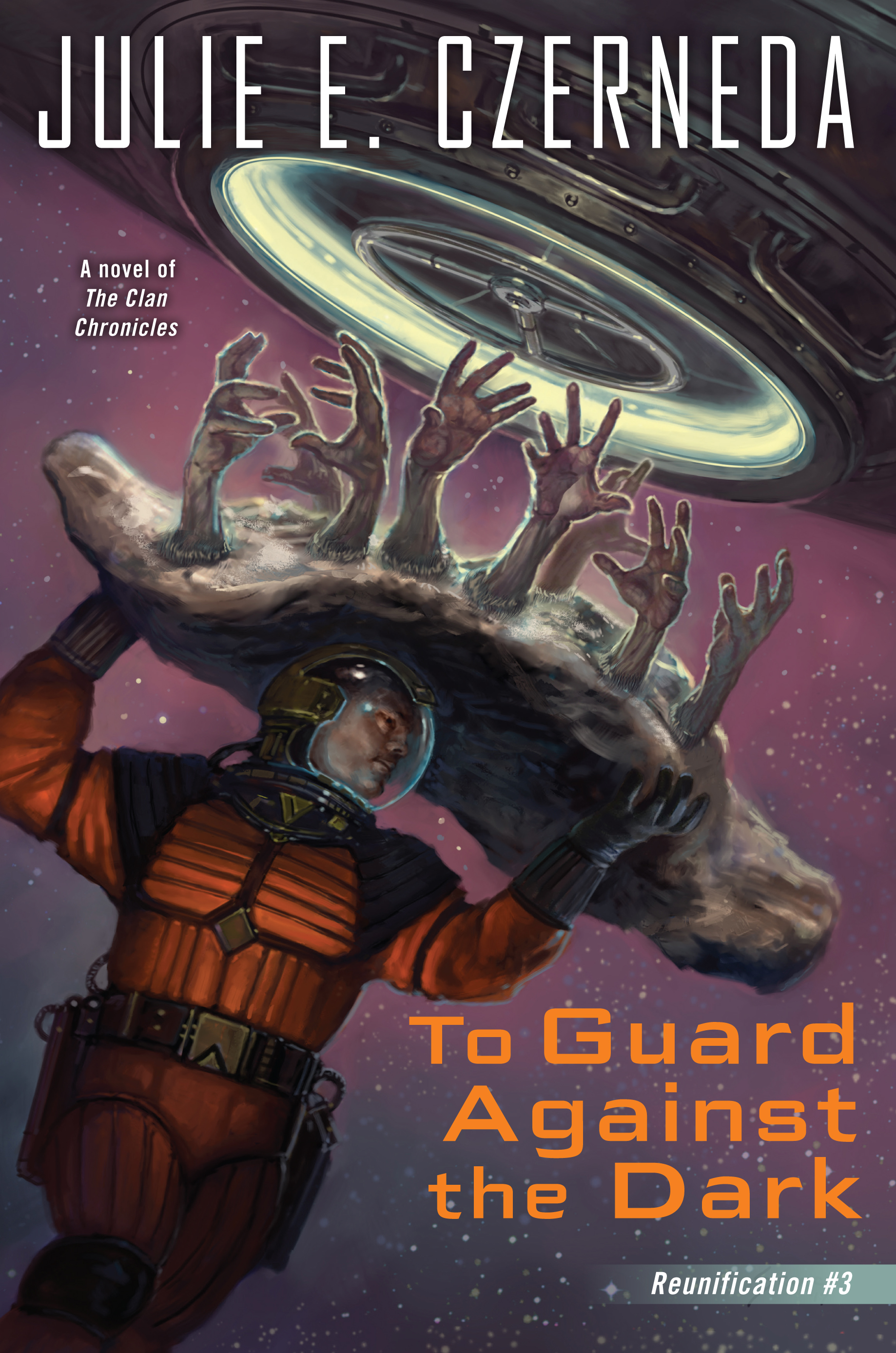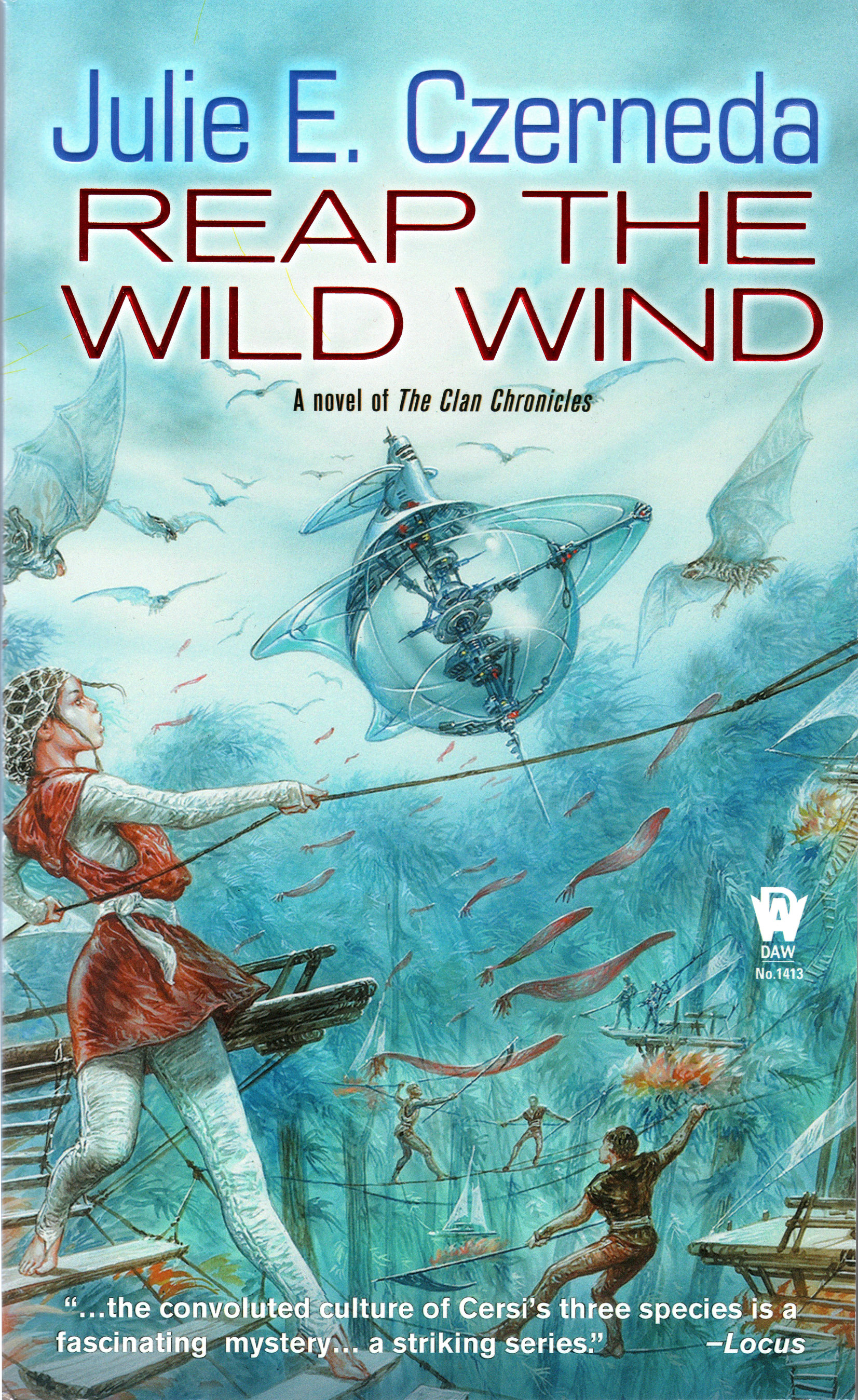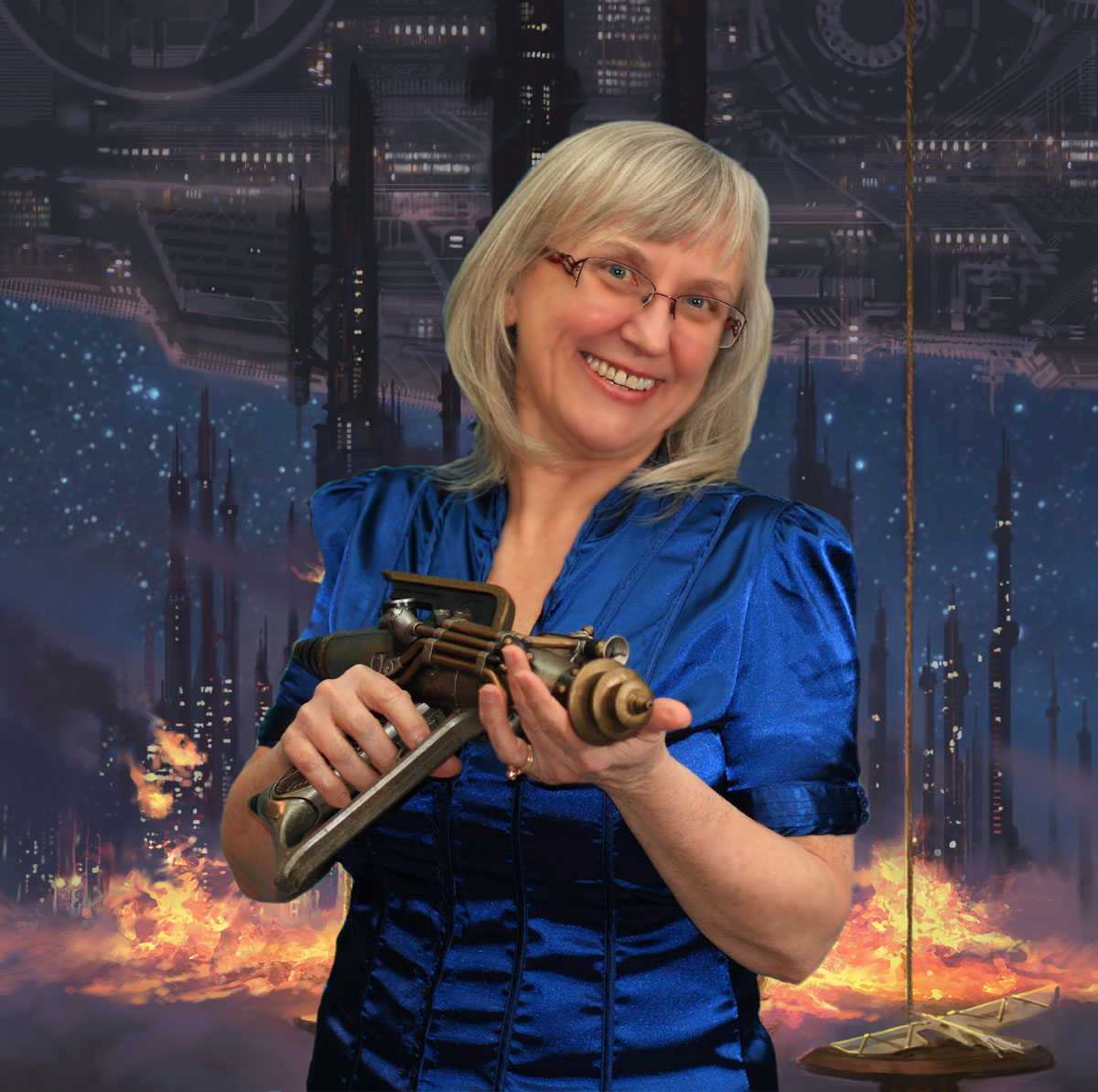On a previous stop on my tour, I began answering readers’ questions about the series’ content. On another, about my writerly process. Last, and far from least, comes the group about the science beneath my work. For those unfamiliar, my background and passion is biology, plus space science, occasional physics, geology, chemistry…it’s all so FUN, there isn’t time in a life. A very good thing, therefore, that I write SF.
Kimm asked, “I would like to hear which earth creatures you used to create various aliens in your world.”
There isn’t time in a—let’s say, there’s been a few, but I’m delighted to share a couple you may not have spotted.
What do Heterocephalus glazer (Naked Mole Rats) and Railroad “Worms” (Phrixothrix beetle larvae) have in common? The Oud. Oh, and my brain.
The Oud, introduced in Reap the Wild Wind, are a sentient species living underground, in colonies, and they’ve loose hanging skin like naked mole rats. Feel free to google. In fact, please do. That said, I didn’t want the Oud to be mammalian and potentially cuddly, and they required a multitude of appendages. Hence the Railroad Worm. The BBC’s Planet Earth 2 does them justice, believe me. (Attenborough Fangirl SQUEE!) Any multi-legged crawlie would have worked, I suppose, but I just liked these.
As for the other sentient species on Cersi, the Tikitik? Chameleon for the rotating eye sockets, Aye Aye’s for their fingers (that’s Daubentonia madagascariensis, a lemur). Oh, and those tentacles around their mouths, with their exquisite chemoreception? The Star-nosed Mole (Condylura cristata), champion of the sniff-and-gotcha lifestyle.
Elizabeth asked, “What are…some of the Earth…ecologies that inspired your aliens and ecologies (especially on Cersi). I can guess some of them, but others seem more obscure.”
I love that you said “ecologies,” because that’s a big part of worldbuilding to me. The rainforest of Cersi was inspired by the Amazon basin during floods, though I had the constraint, self-imposed, of not using familiar words such as tree, leaf, or forest. You won’t find them, trust me. I read the autobiographies of researchers, those hardy souls. Plus I discovered the black soil of the Incas, and added that. Once more, the BBC came to my aid, with their Planet Earth episode on Jungles. The wasp/fig relationship? There’s a little of that in the Tikitik and the Rastis. The plains were basically any central continental prairie, being farmed, but then again I wanted them—unremarkable.
The hills around the portion of Cersi provided to the Om’ray weren’t much at all, but the M’hir Wind? That’s the Mistral and the wind over Cape Breton and every seasonal WHOOOSH of air I could find.
Luis asked,“I’d like to know what kinds of FTL travel exist in the Clan Chronicles universe.”
So would I! Seriously, this was my pre-determined “leap with me” for the books. Coming up with scientifically plausible FTL (Faster-Than-Light) travel in the series wasn’t important to the plot. If it had been, I’d have worked on one. (Note: I did, for Species Imperative, because there the tech behind was crucial.) Instead, I set my universe to “everyone has starships” and focused on the science behind the travel of the Clan, how they move themselves and/or objects through space. When I first started, we hadn’t string theory (the idea that all objects are, in a quantum sense, connected filaments) and the notion of other dimensions was confined to SF (clever us, especially Andre Norton). When these ideas showed up in physics, my inner speculation engine went to town. The Clan’s FTL, if you like, is to partially exist in another dimension, connected as if strings, and thus can pull themselves through.
Having said the above, there had to be consistency in how the technology of space travel operated, especially when it came to distance and time. I established you’d put your starship into a “subspace” bubble of sorts, engage your hopefully well repaired “translight” drive, and spend however long it took to reach where you were going before you’d drop back to normal space. I created my wandering spacestation-shopping mall, Plexis, in order to bring starships in proximity without having each one travel in subspace for a week here, or a month there. Boring to write, not important to the plot, etc. Plexis, you see, could make up the distance itself as it went FTL. So much fun!
In To Guard Against the Dark, I go a little deeper—for plot, but also because I felt like it.
Do the various species have different tech? I speculated they wouldn’t, not in what worked in space. There’d be an essential convergence at the start, that would become deliberate as species met and worked out how to get their ships to dock etc.
Sheri asked, “Population dynamics. Why didn’t the Clan leaders encourage (force) the women to have as many children as possible to increase the population? Why on earth didn’t Rael have children? She commenced decades before Sira. The death rate from accidents, failed Choice, and the “disappearance” of all those who followed Yihtor made the population unsustainable vis-a-via the extremely low birth rate.” As did Mary-Anne. “How did you come up with the idea for Clan pregnancies, birth and their need for birth watchers.”
I introduced a species of humanoid, called the Clan, (for those who haven’t read the series), who were as long-lived as future Humans (a “reproductive” generation being @75 years, rather than 25, ish), individually powerful (they can teleport etc.), and with naturally low fertility (2 offspring would be unusual). Loveless, but with obligate, permanent pair-bonds required for sexual maturity. I also made the Clan xenophobic, secretive, and having a fundamental distrust of technology, including science—while enjoying the comforts Human tech offers. Their leadership was determined by individual power, which all can sense, not a government as such. A pecking order. Self-interest usually ruled, unless there was an outside threat. Breeding to increase Clan power was about the only thing they agreed upon, and only those pairings with promise to do so were important. They didn’t need or want children for any other reason, as Clan lived, most often, one per planet and pairs rarely liked one another. Rael? Hadn’t been asked by Council to procreate yet and was just as glad to stay away from her Chosen.
Could such a species as the Clan sustain itself over time? (Don’t forget, there’s only a handful of generations covered by the time of the Trade Pact.) Well, that was one of the questions the story sought to address, and I won’t put in spoilers here. Suffice to say there are revelations and answers provided that suggest the situation didn’t evolve, but was imposed. Also, the Clan weren’t biologists or interested simply raising their population numbers. More would be—competition. They only wanted to increase individual power, to be safe from Humans and to rule themselves.
As for the form of their pregnancies? I’d two driving motivations: to make it very clear the Clan weren’t reproductively compatible with Humans or any other such species, and to show how irrevocably and deeply they were connected to the M’hir, that other dimension. Birth Watchers had to convince the unborn to BE born. To enter this dimension. The lovely weird of it was a signal, for I was laying the groundwork for who the Clan truly were, revealed in Gate.
Plus, writing how someone had to grab your “egg” was one of those mothers-get-it jokes. I’m not beyond those.
Susan asked, “This is a trilogy of trilogies. It’s been written over the entire span of your novel-publishing history (which is pretty awesome). How has your thinking about the evolutionary biology that underpins the story changed over that span of time? Have there been any specific new bits of science discovery since Stranger that really caught your attention so that you added them to the basic premise?”
This is going to sound smug, and I don’t mean it that way—okay, maybe a smidge—but much of the underlying biology in the Clan Chronicles was me scowling at my texts of the time (waay back) and going “no, it’s more complicated than that. This can’t be all.” (And yes, I can have a chitinous being bigger than a toaster.) Discoveries since have given me great satisfaction, believe me. Life IS more complicated. The closer we look, the more we question our assumptions, the greater the complexity. When Komodo dragons and certain sharks were observed producing offspring by parthenogenesis (without sex)?
I might have chortled. Okay, I did.
In terms of biology, advances in reproductive science have come close to making what I have in, for example, Ties of Power, seem everyday (though shouldn’t!). Evolutionary biology? I delved into the evolution of populations and communities for Species Imperative, so I had that wonderful stuff available when I started Stratification. The ideas of rapid reproduction within isolated generations, imposed selection pressures, the type of pressures, etc. came in part from there, as well as my ongoing reading on things like island speciations.
I will say I’m gathering info on epigenetics and evolution with great interest. The new discoveries keep coming! (Plus biofilm, but you knew that, Susan.)
Speaking of discoveries? While I was working on Gate news about CRISPR/cas9, the genetic manipulation tools, appeared pretty much everywhere. It didn’t add to my story premise, but I did a great deal of nodding to myself. Having established the Tikitiks’ interest in meddling, I didn’t need to show how, any more than I needed to describe my FTL.
However, in the end, the question I tackled, the what if… of the Clan Chronicles: What if we knowingly change ourselves for a perceived advantage? That has more urgency, in my opinion, than ever.
Thank you all for your interest in the science behind the Clan Chronicles. It reminded me how much I love every bit of it.
For twenty years, Canadian author/ former biologist Julie E. Czerneda has shared her curiosity about living things through her science fiction, published by DAW Books, NY. Julie’s also written fantasy, the first installments of her Night’s Edge series (DAW) A Turn of Light and A Play of Shadow, winning consecutive Aurora Awards (Canada’s Hugo) for Best English Novel. Julie’s edited/co-edited sixteen anthologies of SF/F, two Aurora winners, the latest being SFWA’s 2017 Nebula Award Showcase. Next out will be an anthology of original stories set in her Clan Chronicles series: Tales from Plexis, out in 2018. Her new SF novel, finale to that series, To Guard Against the Dark, lands in stores October 2017.
When not jumping between wonderful blogs, Julie’s at work on something very special: her highly anticipated new Esen novel, Search Image (Fall 2018). Visit www.czerneda.com for more.
About the Series:
The Clan Chronicles is set in a far future where a mutual Trade Pact encourages peaceful commerce among a multitude of alien and Human worlds. The alien Clan, humanoid in appearance, have been living in secrecy and wealth on Human worlds, relying on their innate ability to move through the M’hir and bypass normal space. The Clan bred to increase that power, only to learn its terrible price: females who can’t help but kill prospective mates. Sira di Sarc is the first female of her kind facing that reality. With the help of a Human starship captain, Jason Morgan, himself a talented telepath, Sira must find a morally acceptable solution before it’s too late. But with the Clan exposed, her time is running out. The Stratification trilogy follows Sira’s ancestor, Aryl Sarc, and shows how their power first came to be as well as how the Clan came to live in the Trade Pact. The Trade Pact trilogy is the story of Sira and Morgan, and the trouble facing the Clan. Reunification concludes the series, answering these questions at last. Who are the Clan? And what will be the fate of all?
Enter your comment below to be entered to win the latest book in hardcover, To Guard Against the Dark, plus a mass market of The Gulf of Time and Stars. (US and Canada unless otherwise stated)
To enter the tour-wide giveaway of the entire nine-book series, click here.












0 Responses
OOoh! Thanks so much for answering our questions about biology and ecological inspirations. I admit, I didn’t guess naked mole rats, and now I’m definitely going to have to look up the “black soil of the Incas”! (Though I feel stupidly pleased I could guess at some of the other inspirations, nerdy biologist that I am). Epigenetics is really kind of a game-changer in how we think about inheritance and evolution, and has so many exciting possibilities for inspiring SF, too.
I knew you’d guess several. After all, Biogeeks like us do that all the time!
I didn’t have a problem with the Oud so much but I did have a little bit of trouble “seeing” Tikitik if you know what I mean. But after reading your post it just clicked. Chameleon eyes, Aye Aye fingers and Star-nosed Mole. Yes! I can “see” them now!
Oh good!!! Glad it helped. Also, the noise the eyes make as they turn? Chameleons do that a little bit.
Please enter me in giveaway
Good Luck, Sally!
I have so enjoyed the whole series, can’t wait to read how it wraps up!
Tee hee!! Words to feel my heart with glee! Thanks, Charles.
Your story telling is so good that I never questioned Huido’s size or the movement between planets or, well, anything…ok, maybe the death of a character or two. I simply read and enjoy. You do it so well. It’s easy.
Whew!!! ::grins:: It should read that way–good to know it does!
I have a background in obstetrical nursing, the Birth Watcher always fascinated me. I tend not to question the “science” behind science fiction, just read it and dream it.
I’m glad you enjoyed, Julie!
I really enjoyed your earlier book Survival. I hope I have a winning entry!
Good luck! (Did you ever read the two sequels, Alec? Migration/Regeneration)
I’m afraid not, but they’re on my Goodreads list now. My parents made me downsize my library on one of our moves when I was young, and Survival went since it was in hardcover. The sequels weren’t out yet.
It’s amazing how you keep track of your settings and multiple trilogies within those settings! Thanks for the chance to win the books.
There really are so many surprising creatures on Earth itself that you can assemble just about any fascinating fictional alien species from the parts.
Knock on wood that I have luck in the giveaway!